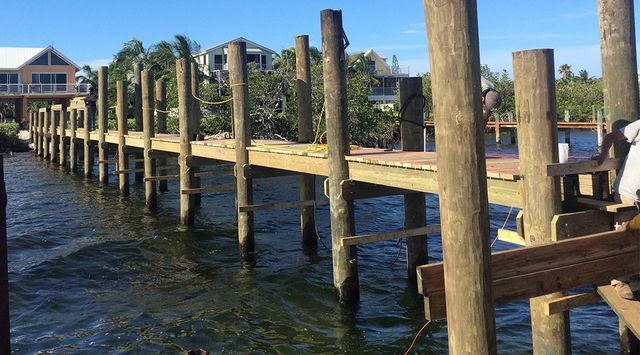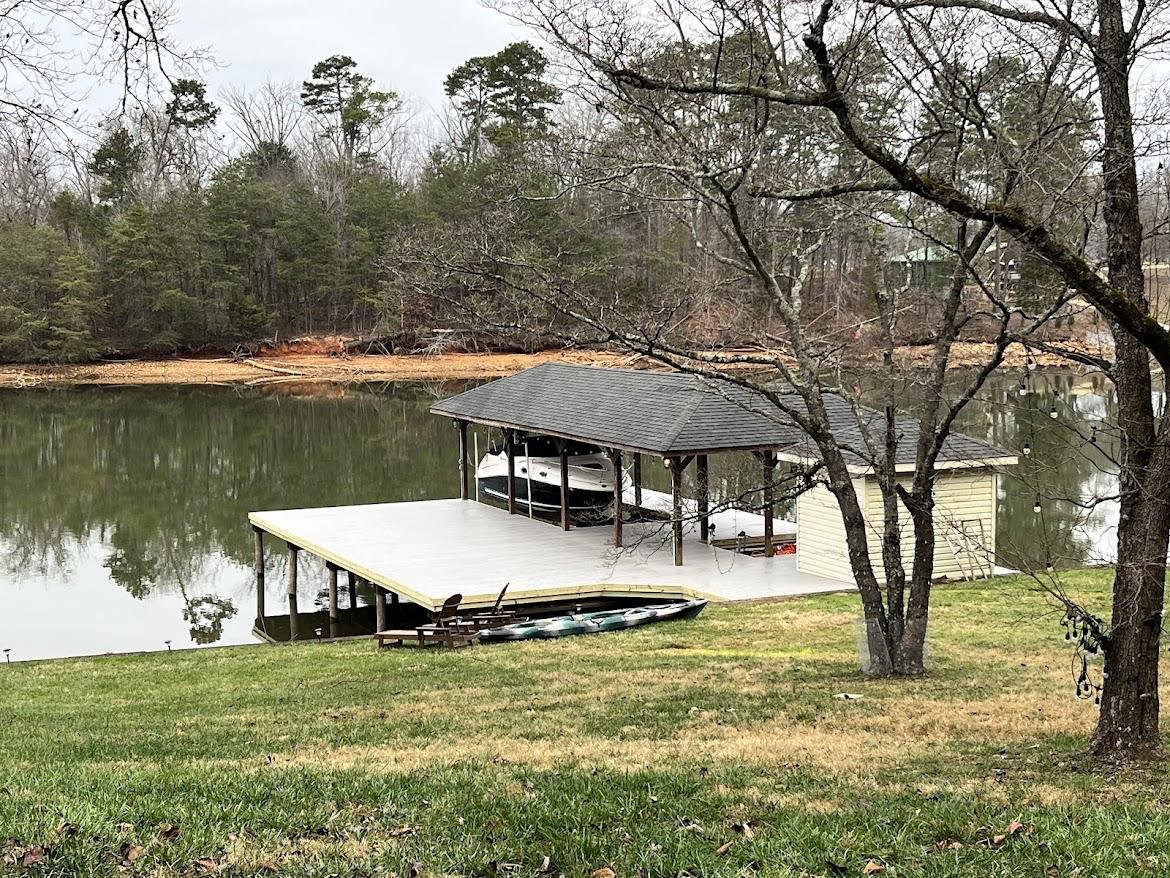Usual Issues That Result In Expensive Dock Repairs
Usual Issues That Result In Expensive Dock Repairs
Blog Article
Reliable Dock Repair Work Techniques: Ensuring Structural Honesty
Guaranteeing the architectural stability of docks with reliable repair service strategies is critical for the longevity and security of marine centers. This involves a multi-faceted approach beginning with extensive evaluations using advanced modern technologies like finder equipment and remotely ran vehicles (ROVs) to detect both noticeable and hid damages. Subsequently, picking the appropriate repair service products, such as composite materials and corrosion-resistant alloys, is essential for sturdiness. Structural support techniques, including the execution of cross-bracing systems and load-distribution plates, play a crucial function in mitigating stress factors. The value of these methods becomes noticeable when checking out advanced fixing techniques and preventative maintenance methods.
Assessing Dock Damage
Assessing dock damage is a vital very first step in ensuring the structural integrity and safety of any docking facility. Key facets to examine consist of the dock's foundation, pilings, outdoor decking, and equipment (Dock Repairs).
Architectural designers or certified examiners usually do these evaluations using specialized tools and strategies. As an example, underwater inspections might use finder equipment or remotely ran automobiles (ROVs) to discover submerged damage. Over water, visual inspections are matched by utilizing moisture meters and various other analysis tools to reveal underlying problems not right away visible to the naked eye.

Picking Repair Service Products
Picking the appropriate repair materials is a critical action in the dock repair process, one that directly influences the durability and efficiency of the repaired structure. Material choice need to be driven by aspects such as ecological conditions, load-bearing demands, and compatibility with existing dock elements. For circumstances, timber is a typical selection for anchors as a result of its all-natural strength and visual appeal. Selecting the right type of wood, such as pressure-treated lumber or naturally rot-resistant varieties like cedar or teak wood, is important to endure aquatic settings.
In addition to timber, composite materials are increasingly preferred because of their sturdiness and low upkeep requirements. Compounds, normally made from a blend of plastic and timber fibers, provide excellent resistance to rot, bugs, and UV damage. For metal anchors, selecting corrosion-resistant alloys such as galvanized steel or marine-grade light weight aluminum is crucial to avoid corrosion and guarantee architectural integrity in saline water problems.
Epoxy resins and marine-grade sealants are important for fixing cracks and sealing joints, supplying a waterproof barrier and improving the dock's total strength. By carefully choosing high-grade materials, dock repair services can attain long-lasting results, consequently guarding versus future degradation and guaranteeing risk-free, trusted usage.
Architectural Reinforcement Techniques
Efficient structural support strategies are critical in ensuring the security and longevity of dock repair work. This method is particularly effective for anchors subjected to heavy loads or rough ecological conditions.
Another important technique is the application of fiber-reinforced polymers (FRP) These products use high strength-to-weight ratios and excellent resistance to corrosion, making them ideal for enhancing wood or concrete docks. FRP can be used in strips or sheets and bound with epoxy materials to improve structural honesty.
Supporting and anchoring systems additionally play a critical function in structural support. Cross-bracing, using steel or wooden beams, can neutralize lateral pressures, minimizing swaying and activity. Anchoring systems, such as helical piers or driven heaps, offer a secure foundation by moving tons to much deeper, a lot more stable dirt layers.
Finally, the assimilation of load-distribution plates can assist disperse weight much more equally across the dock's surface area, reducing local tension factors. These methods jointly guarantee that anchors remain risk-free and durable, qualified of standing up to the roughness of their operational atmosphere.
Advanced Fixing Techniques

Another advanced technique involves underwater welding, which allows for repair work to be conducted without the need to dewater the area. This method is particularly advantageous for dealing with architectural problems in immersed dock components, making certain very little interruption to procedures. Boosted welding methods, paired with robotic systems, deliver precision and dependability, thus prolonging the life expectancy of the dock.
In addition, cathodic defense systems are carried out to avoid corrosion in metal dock structures. By using sacrificial anodes or pleased current systems, these methods properly reduce the electrochemical processes that cause material wear and tear.
Finally, progressed monitoring technologies, such as structural health surveillance (SHM) systems, supply real-time data on the problem of dock structures. These systems enable positive maintenance and prompt interventions, inevitably making sure the long-term architectural stability of the dock.
Upkeep and Prevention
Upkeep and prevention are basic ideas that underpin the longevity and security of dock structures. Routine inspections are extremely important, enabling very the original source early detection of damage, prospective weak points, and environmental effects. A proactive technique, involving routine look for corrosion, rot, and structural changes, minimizes expensive fixings and lengthens the dock's operational life.
Preventative actions ought to consist of applying safety finishes to steel parts to secure versus corrosion and making use of treated wood to resist degeneration. Furthermore, guaranteeing appropriate water drainage and ventilation can avoid water build-up, which is a typical root cause of architectural deterioration. Including high quality materials and sticking to maker standards during building and construction and repair stages likewise play important duties in improving sturdiness.

Training workers in dock maintenance best practices makes sure consistent application of safety nets. Leveraging technological advances, such as drones for assessments and sensors for real-time tracking, can further boost upkeep efforts. By focusing on maintenance and prevention, dock proprietors can guarantee architectural stability, operational safety, and affordable monitoring over the dock's lifespan.
Final Thought
In conclusion, keeping the architectural integrity of marine centers important source necessitates extensive dock repair work methods. Advanced fixing methods, paired with regular upkeep practices, make certain the dock remains secure and operational under varied environmental conditions.
Ensuring the architectural honesty of docks through reliable fixing techniques is vital for the longevity and security of aquatic centers.Picking the proper repair products is an essential action in the dock reconstruction procedure, one that directly influences the longevity and efficiency of the fixed structure.Reliable architectural support methods are crucial in guaranteeing the security and longevity of dock repairs. By focusing on upkeep and prevention, dock owners can guarantee architectural integrity, functional safety, and cost-effective management over the dock's life-span.
In conclusion, keeping the structural integrity of marine centers requires thorough dock repair strategies.
Report this page